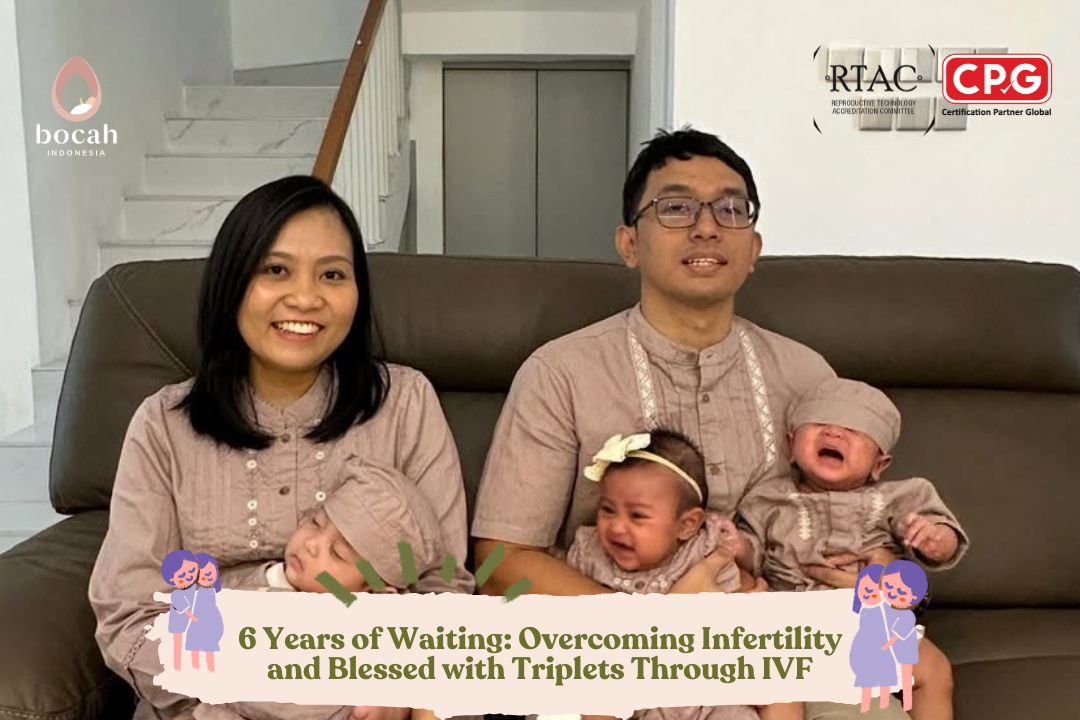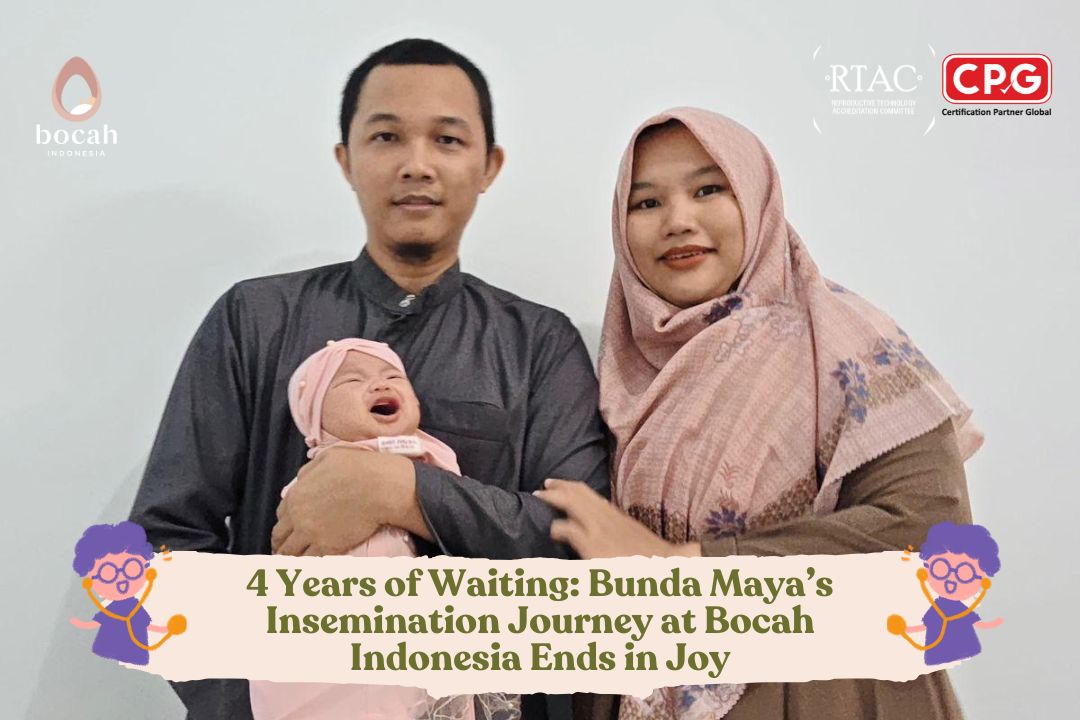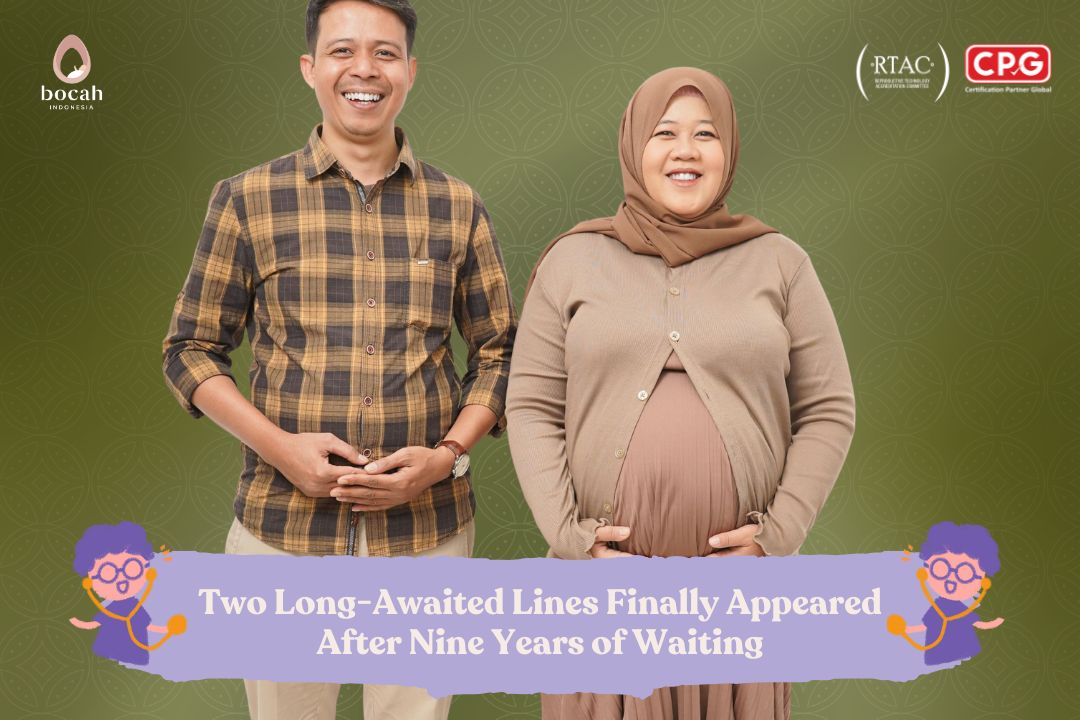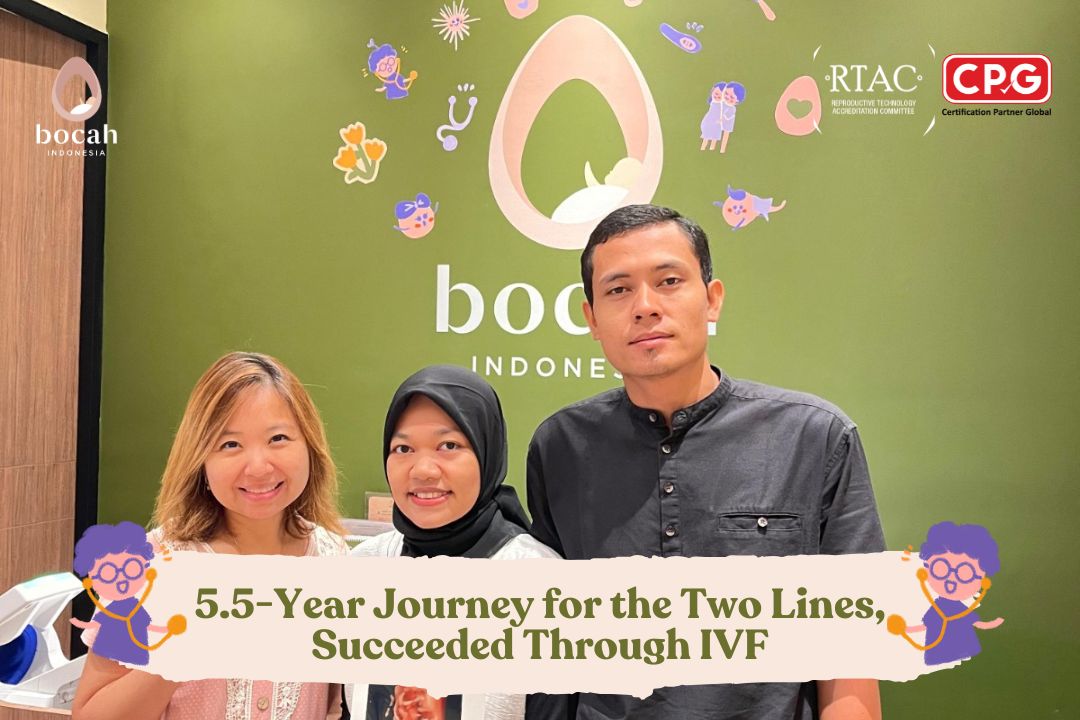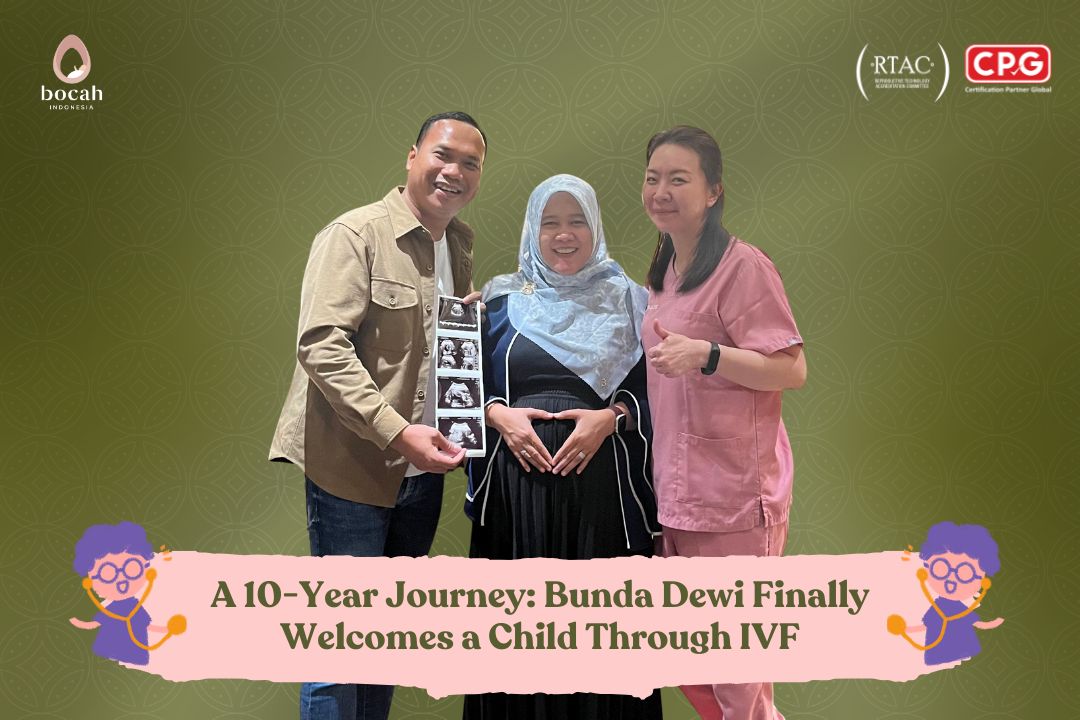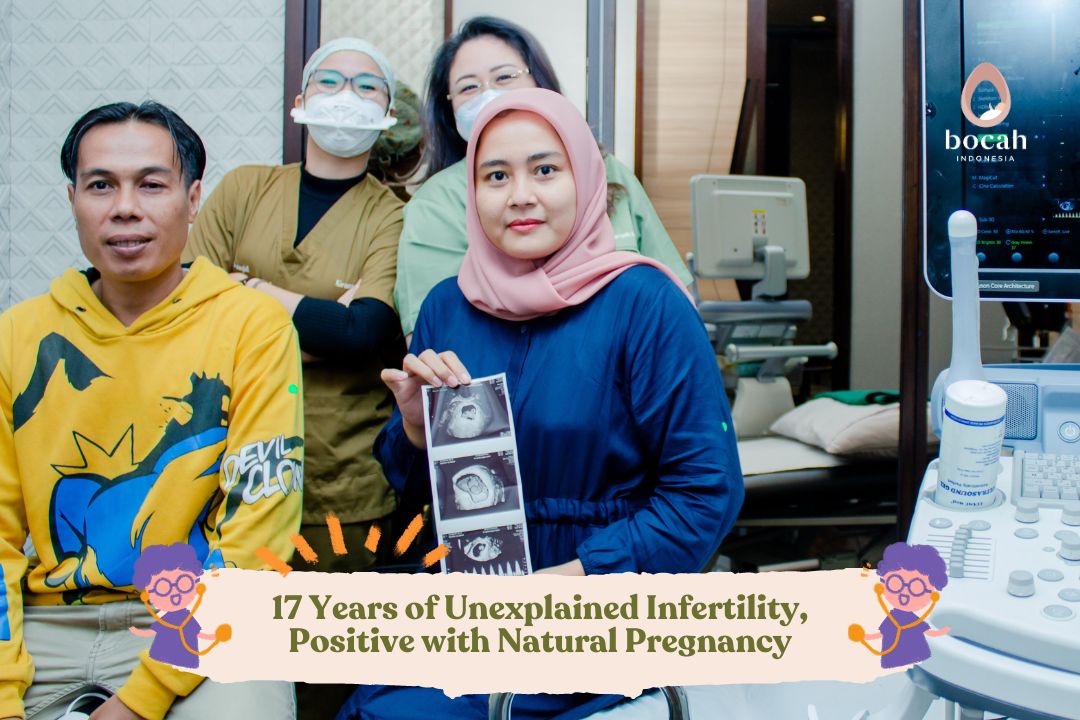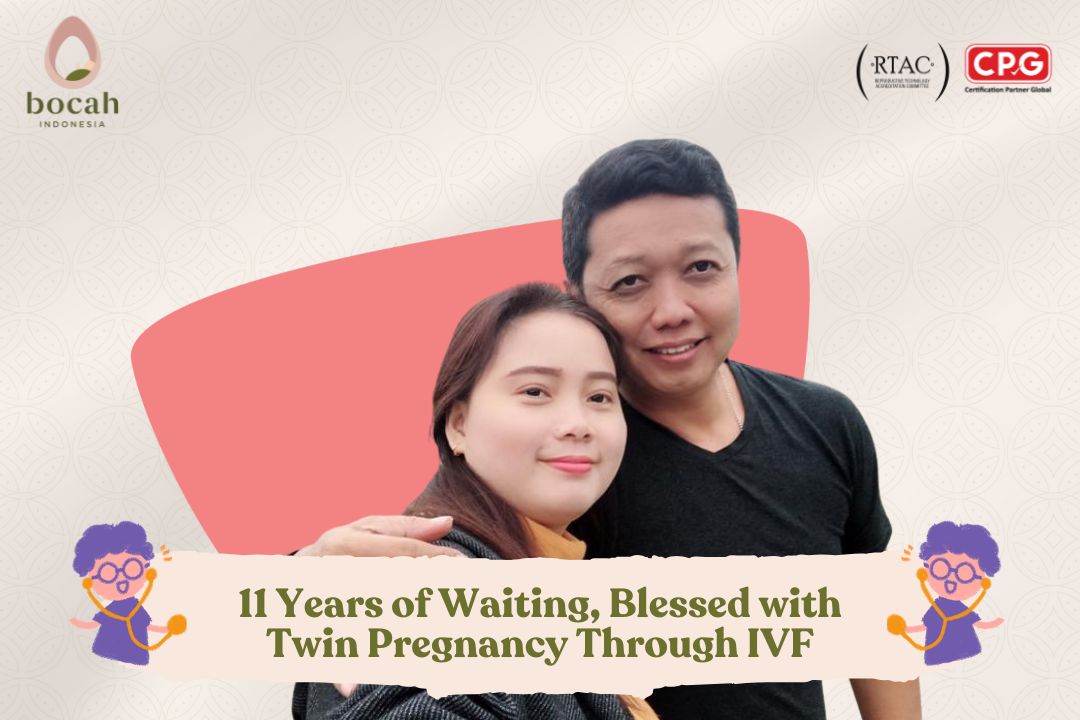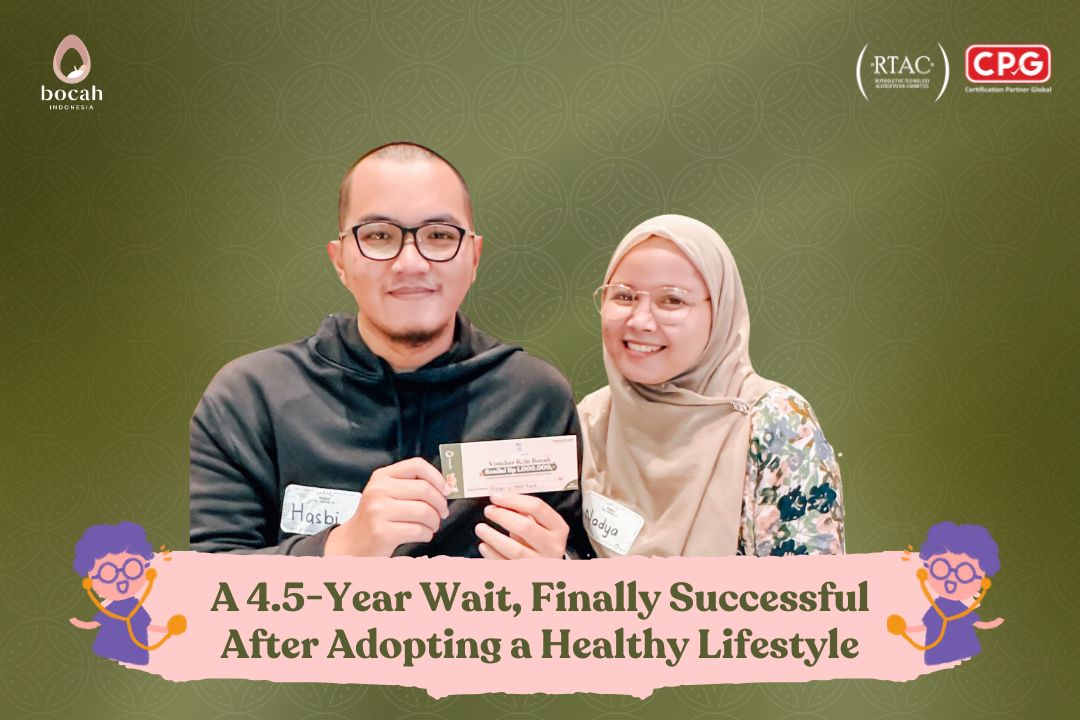Overcoming Varicocele and Hydrosalpinx: A Bittersweet Journey to Parenthood After 3 Years
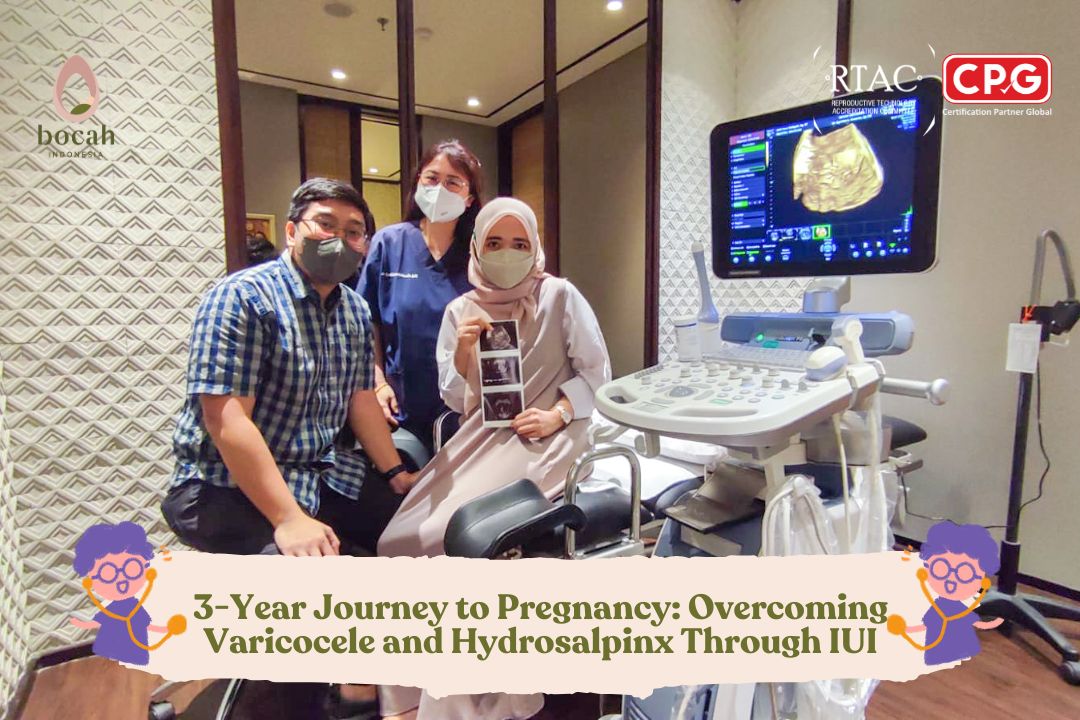
The journey of Mrs. Astri and Mr. Rian to conceive despite battling varicocele and hydrosalpinx ended in joy through intrauterine insemination (IUI).
One of the most common causes of infertility in women is hydrosalpinx, a condition in which fluid accumulates in the fallopian tubes. This can lead to tubal blockage, preventing the meeting of the sperm and the egg.
This was the condition experienced by Mrs. Astri, who was diagnosed with mild hydrosalpinx without any blockage. It is important to note that hydrosalpinx does not always cause complete tubal obstruction.
In addition, she was also diagnosed with uterine polyps—abnormal growths of tissue in the endometrial lining of the uterus. These polyps are typically benign and vary in shape and size. Depending on their size and location, polyps can hinder fertility by affecting embryo implantation or obstructing sperm passage through the uterus.
The challenge didn’t end there. Her husband, Mr. Rian, was also diagnosed with varicocele. As part of their efforts, the couple initially tried to conceive naturally. Unfortunately, success did not come easily.
Tanya Mincah tentang Promil?
Choosing Intrauterine Insemination (IUI)
Married for three years and still without a child, Mrs. Astri and Mr. Rian decided to pursue intrauterine insemination in early 2022 after natural conception efforts failed.
They were treated by Dr. Cynthia Agnes Susanto, BMedSc, SpOG (Obstetrician-Gynecologist at Bocah Indonesia), and Dr. Tiara Kirana, Sp.And (Andrologist at Bocah Indonesia).
According to Dr. Cynthia, before undergoing an IUI program, it is essential to confirm that at least one of the fallopian tubes is open.
“Insemination is a fertility treatment where the sperm and egg meet inside the woman’s body. We must ensure, particularly for the woman, that one or both fallopian tubes are open. This can be confirmed through tests like HSG (Hysterosalpingography) or HyFoSy (Hysterosalpingo-Foam Sonography). In Mrs. Astri’s case, since the hydrosalpinx did not cause blockage, the IUI procedure could be performed. However, in more severe cases of hydrosalpinx that result in tubal obstruction, insemination is not recommended because the egg cannot travel from the ovary to the uterus,” explained Dr. Cynthia.
After a long journey and numerous medical evaluations, the couple’s three-year wait was finally rewarded—a positive pregnancy test.
For couples considering intrauterine insemination, consult your fertility specialist to receive proper assessment and treatment.


